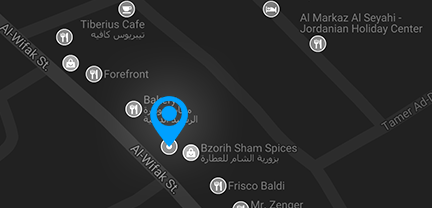Coordination of Design and Construction Models:
- The BIM Coordinator ensures that all design and construction models are fully integrated and clash-free. This coordination reduces errors and costly changes during construction.
- they manage interdisciplinary collaboration,
ensuring architects, engineers, and contractors
work harmoniously within a shared BIM
environment
Maintaining Data Integrity and Standards
- The coordinator enforces adherence to BIM standards, guidelines, and protocols (such as ISO 19650)
- They ensure the models are accurate, consistent, and compliant with project specifications, which is crucial for seamless communication and efficient project
execution
facilitating Collaboration Among Teams
- BIM Coordinators act as a bridge between various stakeholders, resolving conflicts and ensuring all parties can access and understand the shared BIM model.
- They promote transparency and improve the workflow by integrating data from
different disciplines into a central model.
Clash Detection and Conflict Resolution
- By conducting clash detection tests in the BIM environment, the coordinator identifies and resolves potential conflicts between different systems (e.g., structural and MEP) before they arise in the construction phase
Enhancing Project Efficiency
- The BIM Coordinator’s role significantly reduces rework, delays, and wastage by
preemptively addressing issues in the design stage. - They enable better project planning, budgeting, and scheduling, leveraging the insights gained from accurate 3D models.
Training and Support
- BIM Coordinators provide training and support to project team members, ensuring they are proficient with BIM tools and workflows.
- They also stay updated on the latest BIM technologies and practices, helping the organization remain competitive.
Integration with Facilities Management
- Their ability to foresee and resolve design and construction risks minimizes uncertainties, making the project safer and more predictable.
Why is a BIM Coordinator Important?
The BIM Coordinator is vital for the success of BIM-based projects. By ensuring effective collaboration, maintaining standards, and mitigating risks, they help streamline the entire design and construction process, leading to better quality outcomes and more efficient project delivery

Essam Azzam
المهندس عصام عزام العزام
مهندس معماري بخبرة 12 سنة
مدرب معتمد من Autodesk
مدرب معتمد من chaosgroup
مBIM Manager in omniplan
مدرب معتمد من Bentley
شهادة دولية في ريادة الاعمال
يعتمد المهندس عصام تدريب الجانب العملي في الدورات و الاهتمام في التفاصيل الدقيقة
لتاهيل المتدرب ليصبح قادرا على تطبيق المعرفة داخل مكان عمله



